Like much of the art world, American artists of the late 19th-century were stunned and startled by the colors and vibrant brushwork of French Impressionism, and by the century’s end, American Impressionism had taken off. American Impressionists adopted bright palettes and loose brushstrokes to capture the intimate beauty of everyday American life. Whether capturing the natural world or urban energy, the American Impressionists broke with the traditional expectations of academic art to usher in the first popular, modern art movement in America.
How American Impressionism began
After the end of the Civil War in 1865, the United States gained unprecedented international political and economic status. American art patrons traveled abroad and imbibed European culture. To announce their wealth and sophistication, they built grand houses and filled them with imported decorative arts and paintings by old masters and contemporary academics. American Impressionism became a valuable style, long after the French Impressionism lost its rage. The heritage of this movement, carried on in America as numerous artists traveled to Europe to learn and to fulfill the desires of the new wealthy members of the society and the new potential patrons.
American artists in Paris
In an attempt to compete with European masters whose art wealthy American art patrons so desired, many Americans traveled to Paris and enrolled to study painting and sculpture at the prestigious Ecole des Beaux-Arts or to study with some of the most influential artists of the Impressionism movement in their studios or privately run academies. One of the earliest American authors that fell under the spell of Impressionism, presenting the other side of lovers of this movements, was the female painter Mary Cassatt.
As with the European version, American Impressionism saw different artists gathering and following in its footsteps regarding the depiction of the everyday modern life and the tradition of the en plain air, started with Monet’s landscape paintings. American artists were made aware of this new approach when the dominant style of landscape painting in the USA was the Barbizon School. The remarkable naturalism and minute observation of nature never deserted the American landscape artist and just a few of them surrendered to the spontaneity of European movement’s idiom, while the rest continued producing realistic style portrait art and Barbizon School landscape paintings.
A new direction in American art subject matter
Rejecting the academics’ devotion, American Impressionist painters depicted landscapes and intimate scenes of everyday middle-class life using natural light, rapid brushwork, and a high-keyed palette.
By the early 1890s, Impressionism was firmly established as a valid style of painting for American artists. The Americans were much more cosmopolitan than their French counterparts. In Europe and the United States, the American Impressionists witnessed the transformation from an agrarian to an industrialized urban society. While some American artists adopted only the surface effects of Impressionism, simply to accommodate collectors’ evolving taste, many of them shared the French Impressionists’ conviction that modern life should be recorded in a vibrant modern style. Their works, like those of their French counterparts, appear to be infused not only with light and color but with meanings inherent in the subjects they depicted. Some were captivated by the energy of urban life, responding to the fragmented experience that marked the age in rapidly rendered vignettes. Combining European sophistication with identifiably American subject matter, American Impressionism quickly became popular among the increasing numbers of upper-class patrons. American Impressionists were the first contemporary artists to be widely collected by Americans.
American Impressionism built upon the examples of landscape painting practiced by the Hudson River School and the Tonalists, particularly in the emphasis on immersion in the natural world and an attention to light and color. The Impressionist interest in everyday life and commonplace scenes, however, marked a difference from the transcendentalist visions of earlier 19th-century American landscape painting.
American Impressionists
Mary Cassatt
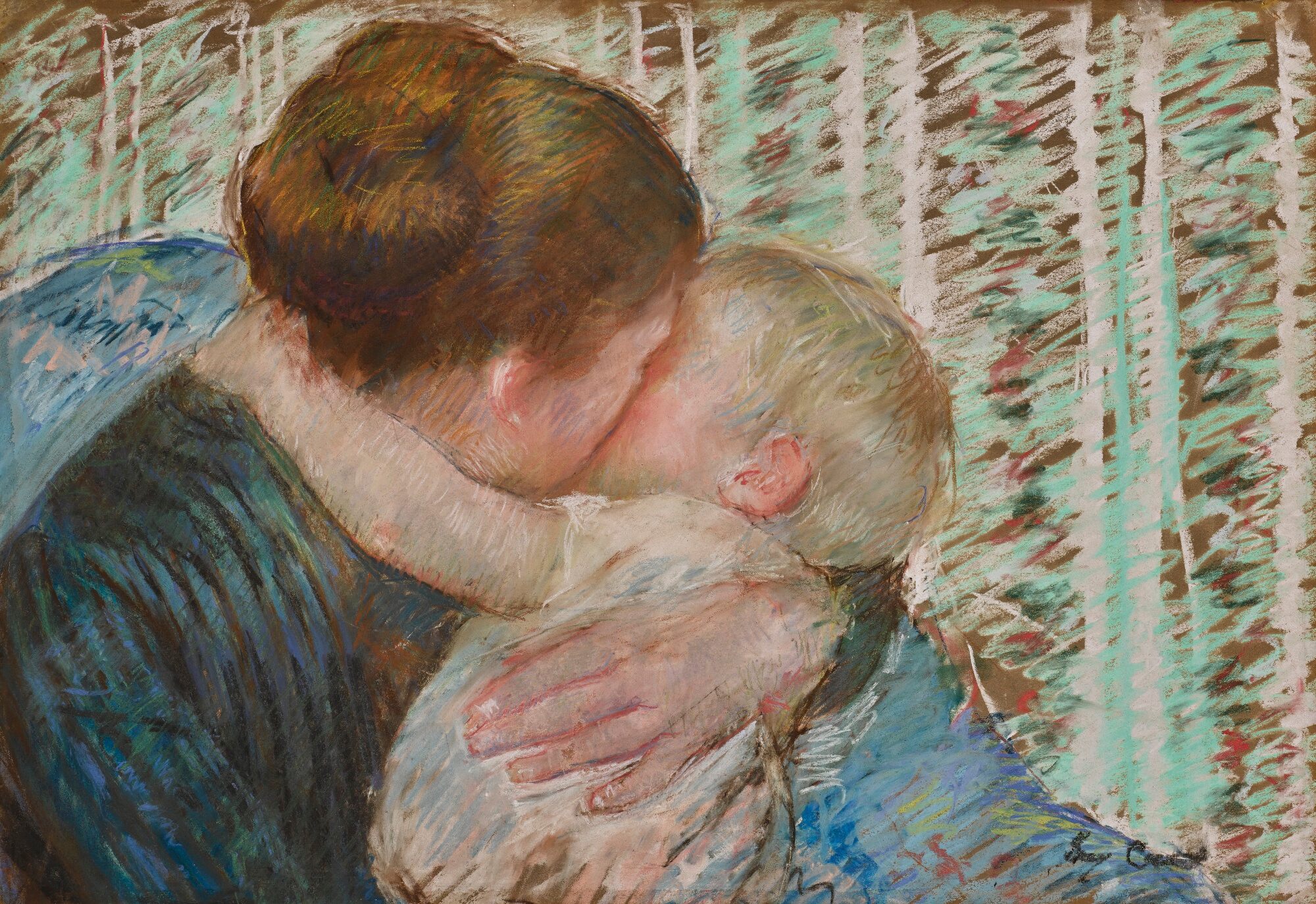
Pennsylvania-born Mary Cassatt, moved to Paris in 1874. Her work attracted the attention of Edgar Degas, who in 1877 invited her to exhibit with the group. Although she developed her painterly style in tandem with artists such as Degas and Camille Pissarro, Mary Cassatt‘s position as both a woman and an American positioned her as an outsider. Cassatt tended to represent feminine subjects and domestic interiors. Unable to visit the racecourses, dance academies and cafes favored by her male counterparts, Cassatt painted the spaces and scenes she had easy access to among her acquaintances.
Although Cassatt spent two years at the Pennsylvania Academy of Fine Arts, her work was most influenced by her time in Europe. She studied academic art with Jean-Léon Gérôme in Paris during the 1860s, but when she returned to France in 1874, she became closely connected to the French group and showed her work with them on several occasions. Cassatt’s work was also featured in the first major exhibition of French Impressionist work in the US, cementing her position as an artist who provided a bridge between French and American Impressionism.
Cassatt frequently painted images of mothers with their children, a subject that was often understood as a secular version of religious images. Cassatt offered American Impressionists a model for painting calm scenes of domestic tranquility, a key subject matter for the group.
William Merritt Chase
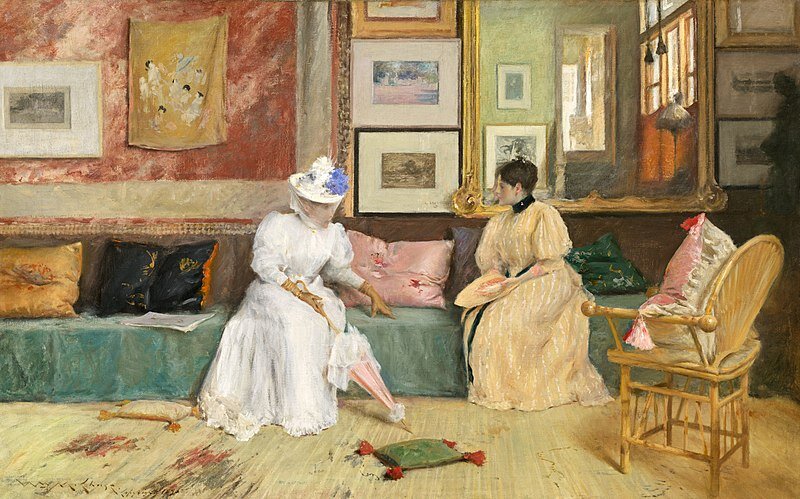
William Merritt Chase was one of the earliest American artists to incorporate Impressionism into his work. His series on the Prospect Park in Brooklyn, which he painted and exhibited in1886, exemplifies his Impressionist style. Chase depicts his future wife sitting in a row boat in a small lake. The park offered a convenient spot to paint en plein air, following the example of the French. Furthermore, the park provided the perfect backdrop for Chase’s vision of upper class leisure and genteel interaction with light and nature. The painting demonstrates the broad brush strokes and interest in the play of light that are characteristic of Impressionist art, however, Chase’s palette is notably more muted than most of French Impressionist painting. In the 1880s, he turned towards Impressionism, inspired by Whistler and Manet’s loose brush work along with a deep admiration for the work of John Singer Sargent, a lifelong friend after they met in 1881. His popularity among the social elite of Long Island, where he directed the Shinnecock Hills Summer School of Art helped to establish Impressionism as a collectable new school.
Childe Hassam
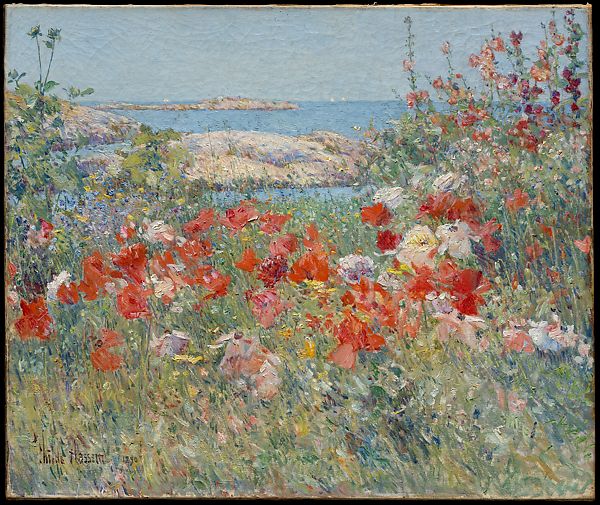
Childe Hassam caught the energy of characteristic neighborhoods in New York and Paris. But most American Impressionists chose to portray the countryside to which urbanites like themselves and their patrons retreated. In England, Sargent found respite from the portrait studio by painting pastoral scenes in Broadway, a charming village in the Cotswolds. Repatriated Impressionists founded and frequented similarly picturesque colonies: the Isles of Shoals, off the New Hampshire coast, where Hassam painted, and Southampton, New York, where Chase taught and worked. Some American Impressionists worked alone in other distinctive rural locales. Twachtman found inspiration on his farm in Greenwich, Connecticut.
John Singer Sargent
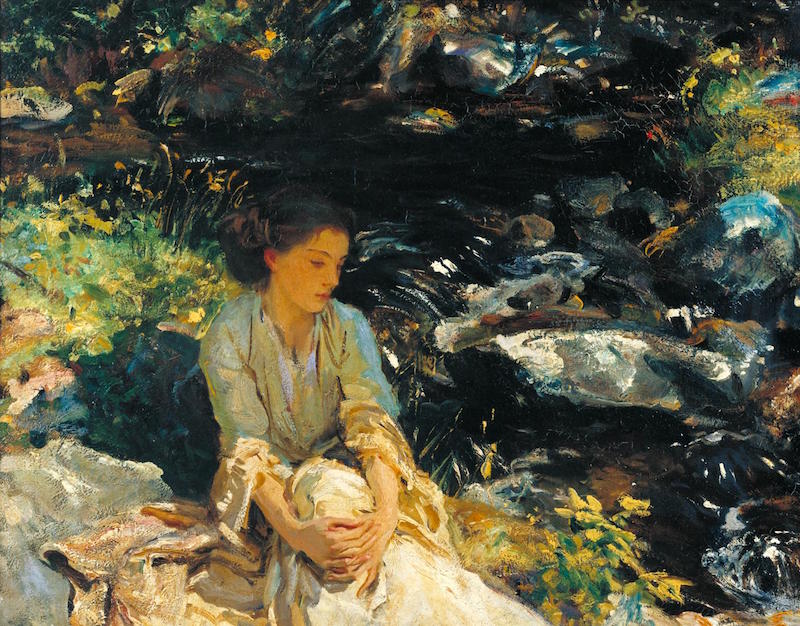
John Singer Sargent, born in Florence to expatriate American parents and studying in Paris by 1874, met Claude Monet two years later and was inspired by him and his colleagues to paint lively urban scenes. During the mid-1880s, as French Impressionism lost its radical edge, American collectors began to value the style, and more American artists began to experiment with it after absorbing academic fundamentals. Exhibitions of Impressionist works were held in American cities and sales were strong. John S. Sargent had an important impact on the development of American Impressionism through the new ideas brought from Paris. His style mixed elements of Impressionism with traditional, academic portraiture, embracing the plein air method and the commitment to direct observation.
James McNeill Whistler
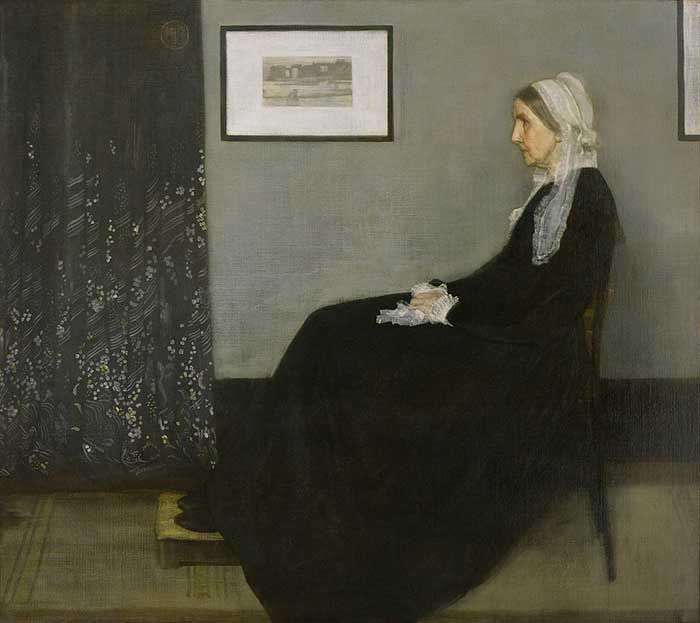
James McNeill Whistler participated in the artistic ferment of Paris and London in the late nineteenth century, crafted a distinctive style from diverse sources, and arrived at a version of Post-Impressionism in the mid-1860s, a time when most of his contemporaries in the avant-garde were still exploring Realism and Impressionism. In 1885, he appeared in the French Impressionists’ final group exhibition and announced the end of naturalistic transcription as anavant-garde goal. His most famous work is Arrangement in Grey and Black No. 1(1871), also called Portrait of the Artist’s Mother or Whistler’s Mother.
Cecilia Beaux
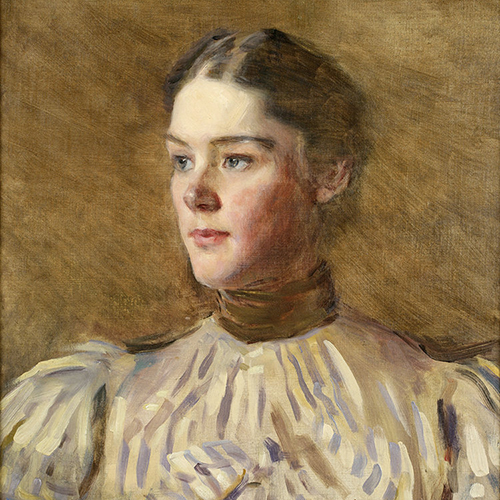
Cecilia Beaux painted prominent writers, politicians, and other artists. For many years, she taught at the Pennsylvania Academy of the Fine Arts. Beaux’s pictures were widely exhibited in the United States, as well as in Paris and London. During her long productive life as an artist, she maintained her personal aesthetic and high standards. Though Beaux was an individualist, comparisons to Sargent would prove inevitable, and often favorable. He strong technique, her perceptive reading of her subjects, and her ability to flatter without falsifying, were traits similar to his.
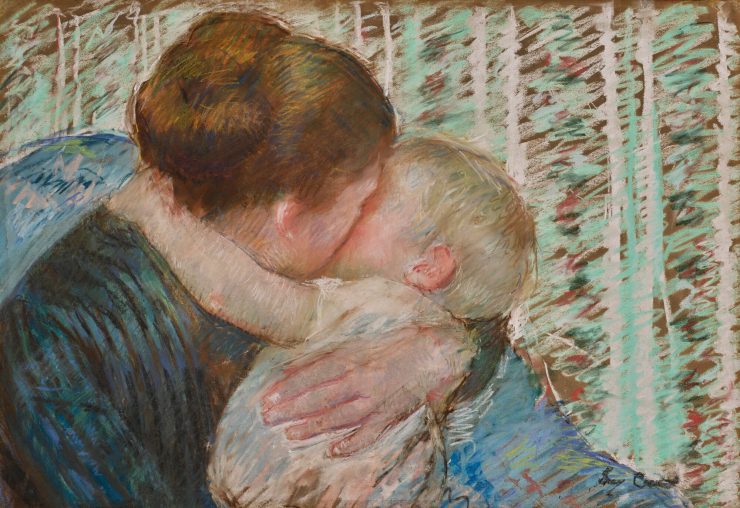
Add comment